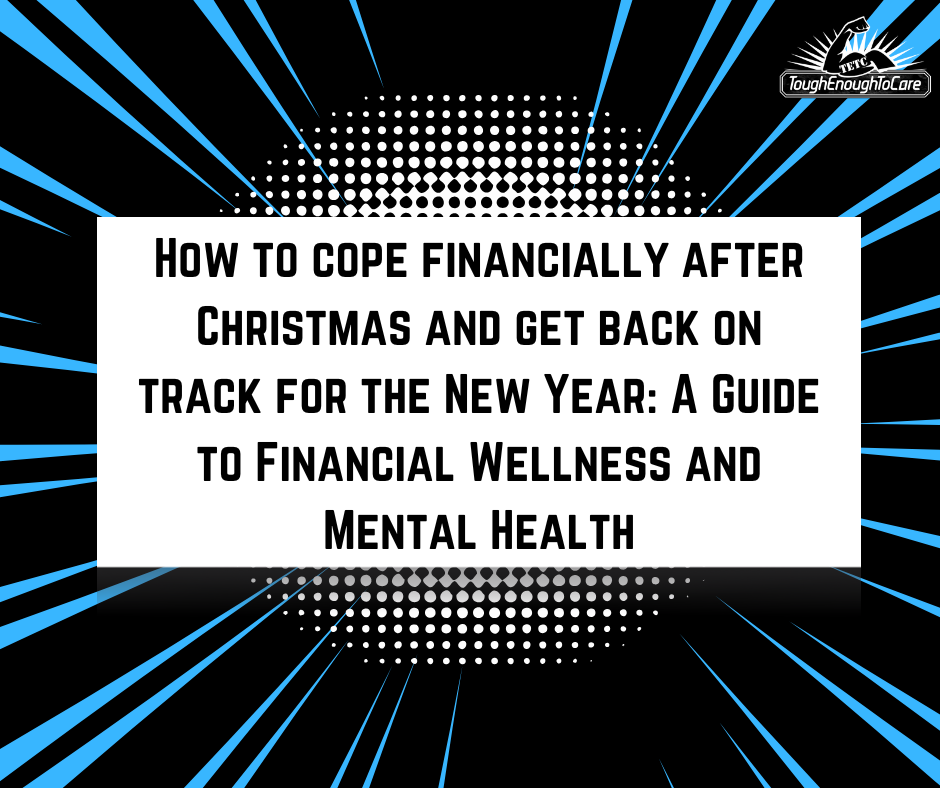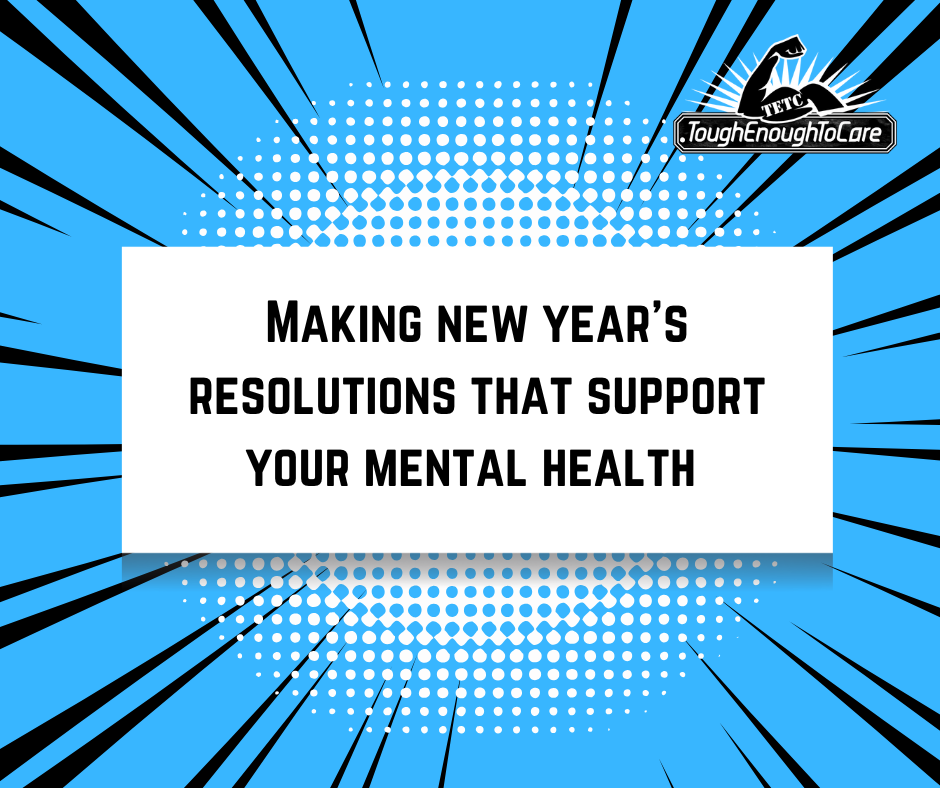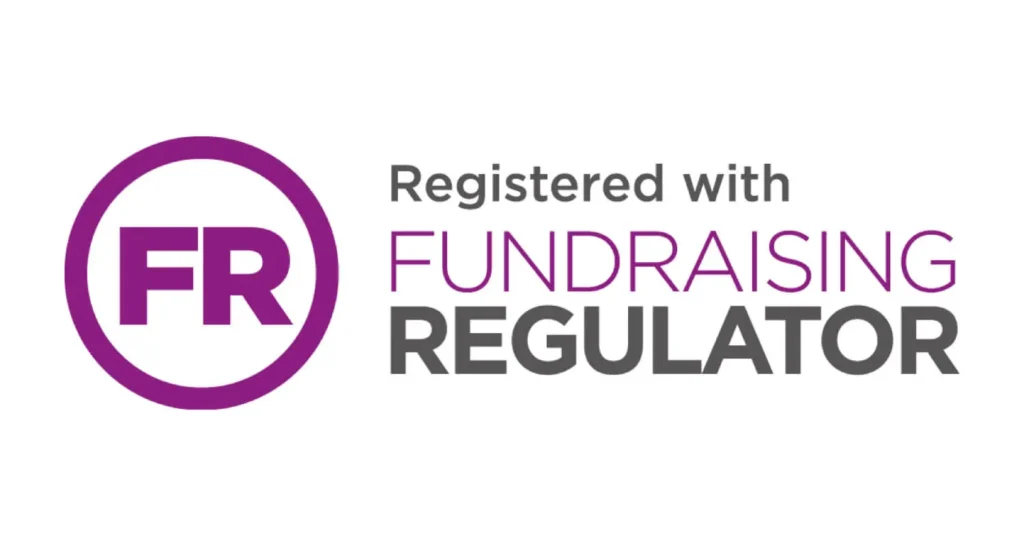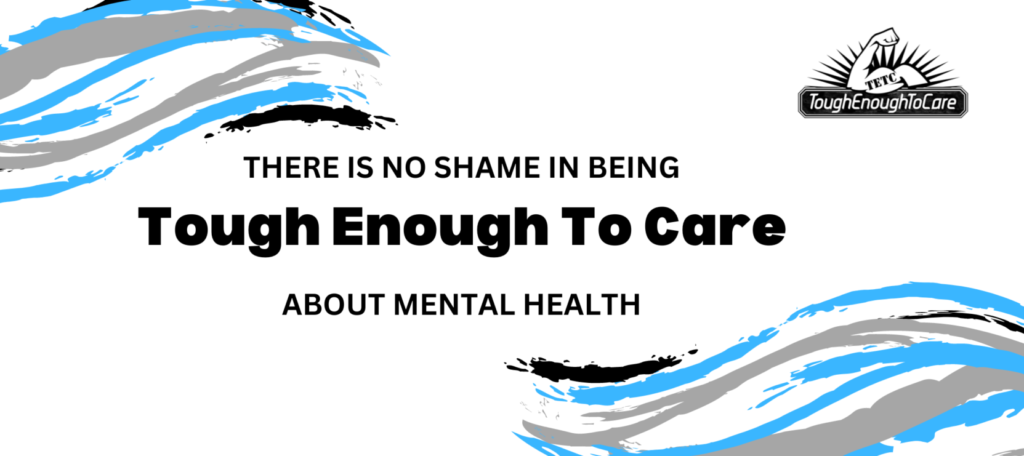
Top tips for managing stress at home
Home should be a place of comfort and relaxation, but when stress builds up, it can feel like your sanctuary is just another source of pressure. Whether you’re working remotely, balancing household responsibilities, or dealing with personal challenges, stress can quickly creep in. The good news is that there are several strategies you can use to manage stress at home and create a calm, peaceful environment. Here are our top tips:
- Set boundaries
One of the most important steps in managing stress at home is to set clear boundaries. When your home doubles as your workplace, it can be difficult to switch off. This is especially true if you’re always “on” or feel like there’s no escape from work, chores, or other demands.
- Designate specific areas for work and relaxation. This helps prevent the overlap between “work time” and “personal time.”
- Establish set work hours if you’re working remotely, and ensure that once your workday ends, you take a true break from it.
- Communicate boundaries with family members or housemates. Let them know when you need quiet time or when you’re unavailable for interruptions.
Setting boundaries isn’t just about limiting distractions—it’s also about protecting your mental space and making sure you have time for rest and recovery.
- Create relaxing spaces
Your environment plays a huge role in how you feel. Creating a relaxing space at home can help you recharge and de-stress.
- Find a spot that you associate with calmness, whether it’s a cozy reading nook, a garden corner, or a quiet corner in your living room.
- Add elements that promote relaxation, such as soft lighting, comfortable seating, and calming colours (like blues, greens, and neutrals).
- Bring in nature! House plants or a view of the outdoors can have a positive effect on mental health and overall well-being.
- Consider playing calming music or nature sounds to enhance the serene atmosphere.
Having a designated space for relaxation allows you to truly disconnect and recharge your mental batteries.
- Remove clutter
A cluttered environment can lead to a cluttered mind. If you’ve ever looked around your home and felt overwhelmed by the mess, it’s no surprise—it’s harder to relax and focus when your space is disorganised.
- Declutter regularly to maintain a clean, organised home. Set aside a little time each day to tidy up, so it doesn’t feel like an insurmountable task.
- Organise your workspace, kitchen, and bedroom with storage solutions that keep things in place and out of sight.
- If certain areas of your home consistently feel chaotic, consider a minimalist approach—less is often more when it comes to creating a peaceful home environment.
A clutter-free space can promote calmness, enhance focus, and reduce stress.
- Don’t Be Afraid to Ask for Help
Managing stress doesn’t mean you have to do it all alone. If you’re feeling overwhelmed, it’s important to ask for help—whether that’s from a family member, a friend, or a professional.
- Delegate household chores when possible. Share the load with others in your home, and remember that you don’t have to handle everything yourself.
- If your stress is related to work or personal issues, consider reaching out for support. Therapy, counselling, or simply talking to someone you trust can make a huge difference.
- If you’re feeling physically drained, don’t hesitate to ask for help with caregiving responsibilities, pet care, or other tasks that may be adding to your load.
Asking for help is not a sign of weakness—it’s a crucial step in self-care and managing stress effectively.
Stress is a normal part of life, but when it’s unmanaged, it can interfere with your well-being and happiness. By setting clear boundaries, creating relaxing spaces, removing clutter, and asking for help when needed, you can take proactive steps to manage stress and make your home a sanctuary of calm.
Remember, self-care is essential—take the time to prioritise your mental health and make your home a space that supports relaxation and peace. You deserve it!




